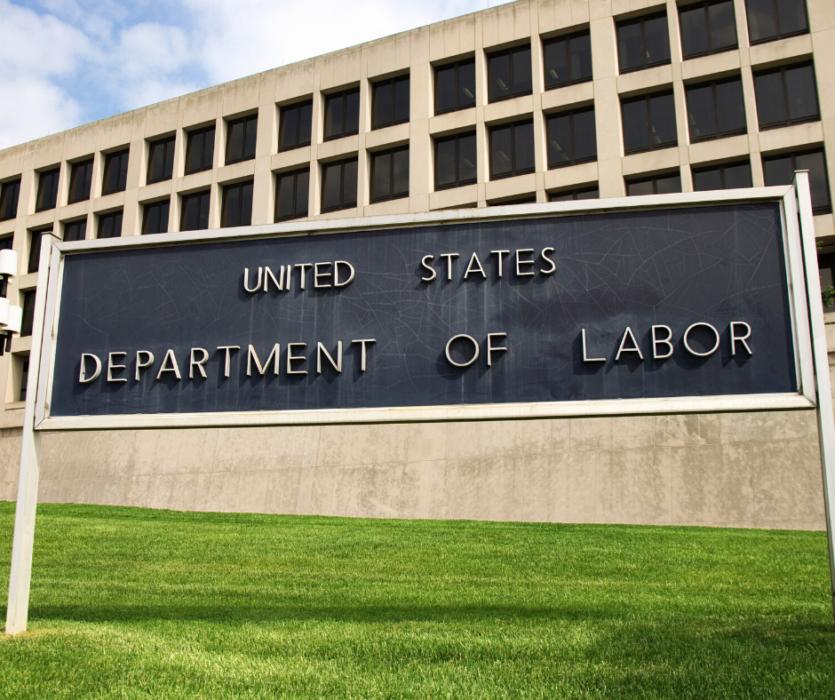
DOL Muddies Waters for Employers Trying to Get Reticent Employees Back to Work
July 31, 2020
By Michael Burns, courtesy of SBAM Approved Partner ASE
One of the more downplayed situations some employers are facing while re-opening is the fact that some workers are not returning to work when offered re-employment. These workers have been on layoff and received both state unemployment (in Michigan up to $362/week) and the federal Coronavirus Aid, Relief and Economic Security (CARES) Act $600 weekly benefit – sometimes resulting in the employee receiving more money for not working.
ASE has responded to a number of HR Research Hotline calls asking how the employer should respond when an employee says they do not want to return to work. The reticent employees are not out due to any of the qualified reasons given under the six FFCRA law’s Emergency Family and Medical Leave or Emergency Paid Sick Time criteria for being unemployed. Rather, on one end of the spectrum, some workers are stating their reason for not working is the fear of contracting COVID-19 at work. And at the other end of the spectrum employees have told employers they do not have to work because they are making more money receiving unemployment benefits. Neither reason qualifies the worker to continue to receive unemployment benefits. Or does it?
Last week the U.S. Department of Labor’s Employment and Training Administration (ETA) issued a third guidance letter to state unemployment agencies that administer both state and federal unemployment benefits. The guidance letter provided two dozen responses responding to various employer and employee CARES Act questions. One question in particular seems to provide workers reticent to return additional and ambiguous grounds for continuing unemployment. Question 16 asks, “Is an individual who refuses an offer of work due to legitimate COVID-19 health and safety concerns eligible of PUA?” The response with explanation was, “It Depends.”
The ETA guidance letter states that that an employee can legitimately stay away from work if they believe the workplace unreasonably exposes them to safety risks. This includes COVID-19. This determination is ultimately left to the state’s unemployment insurance agency under its suitable work provisions. John Pallasch, ETA assistant secretary stated a worker refusing suitable work for good cause under the state’s suitable work provisions may be eligible to collect unemployment benefits. The letter does not define what “good cause” means.
What’s an employer to do?
ASE has been advising employers who are requesting employees to return to work do so by sending a formal notice. In addition to telling the employee work is resuming, the notice should also state that the employee is required to reply to the request and by a certain date. Failure to return to work for no qualified reason should disqualify the employee from receipt of unemployment compensation. In fact, the Small Business Association requires employers receiving Paycheck Protection Program (PPP) loans to report to the state unemployment agency all employees that fail to return to work so it may review and pursue fraudulent collection of unemployment benefits by those employees.
What would be considered good cause to refuse to work? Specifically, the ETA states a belief that the employer has an unsafe work environment. In the circumstance of an pandemic, this would mean the employer’s workplace is not properly following safety and health guidelines. There are various sources issuing guidelines for safety and health practices during the COVID-19 pandemic. The Centers for Disease Control (CDC), Occupational Safety and Health Administration (OSHA), and their state counterpart agencies. In Michigan those are MIOSHA, the Governor’s Executive Orders, and any county government directives.
Michigan businesses that re-open are required to have an emergency preparedness and response plan in place that outlines what it will do to keep its employees and customers safe from COVID infection. In addition:
- Masking is advised and should be enforced.
- Social distancing is advised and should be enforced.
- Cleaning and disinfections of touchpoints should be performed (How often? “Regularly.”)
Many more safety and health actions are currently advised.
The challenge employers have under the federal guidelines released in last week’s letter is knowing what the honest perception is by an employee regarding the employer’s COVID-19 safety compliance. Employers will need to educate employees on the safety measures they have put into place. If the employer follows safety and health guidelines, they can refute an allegation that the workplace is unsafe.
What must an employer do to dispute the award of, or continued receipt of unemployment benefits once an employee refuse to return to work?
In addition to sending a formal notice to return to work, the employer has to ensure it is following the most up-to-date safety and health protocol guidelines. If an employee objects to returning to work under these conditions, the employer should advise them that they will be reporting the fact the employee rejected the return-to-work request to the state unemployment insurance agency. This notification should also require the reticent worker to report they were offered work but refused it.
Employers are also advised, as they should for all potentially adverse employment actions, to document the situation and decision to release the employee and any relevant information pertaining to the refusal to return to work so the employer may defend against any claim for further benefits.